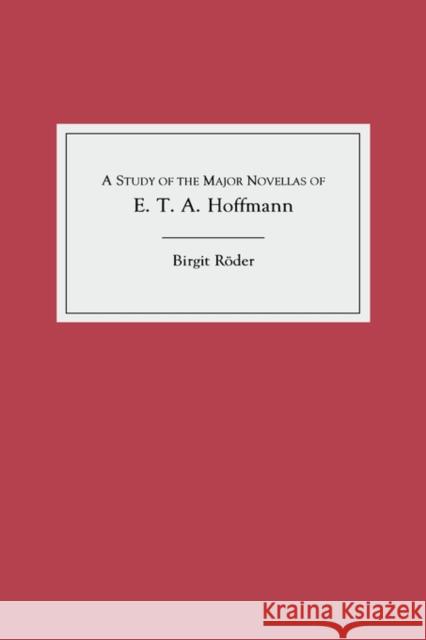A Study of the Major Novellas of E.T.A. Hoffmann » książka
A Study of the Major Novellas of E.T.A. Hoffmann
ISBN-13: 9781571132710 / Angielski / Twarda / 2003 / 207 str.
The German Romantic writer and composer E. T. A. Hoffmann (1776-1822) -- perhaps best known to the English-speaking world through his Nutcracker and through Jacques Offenbach's opera Tales of Hoffmann -- struggled to convince his predominantly bourgeois public of the merits of art and literature. Not surprisingly, many of his most important novellas are bound up with the dilemmas of art and the challenges faced by the Romantic artist, and it is these Kunstlernovellen that are the focus of this study. Birgit Roderargues that Hoffmann's artists are not simply individuals who create works of art, but rather figures through whom the author explores the predicament of those who reject the conventional world of bourgeois reality and seek to assert the claims of the imagination in a world dominated by prosaic rationalism. Contrary to previous scholars however, Roder demonstrates that Hoffmann's novellas clearly warn against a view of art as an autonomous aesthetic realm cut off from the world of reality. This is particularly apparent in Roder's analysis of gender relations in Hoffmann's oeuvre -- especially the relationship between (male) artist and (female) muse -- which underlines the extent to which art, literature, and the imagination are inseparably bound up with the prevailing social reality. The novellas that are given extensive consideration are Das Fraulein von Scuderi, Der Sandmann, Die Jesuiterkirche in G., Die Fermate, Der Artushof, Don Juan, Das Sanctus, and Rat Krespel. Birgit Roder teaches German language and literature at the University of Reading, UK.











